Scaffolding scales upward around construction sites in a flash and is removed even faster when the job is completed. But the need for scaffolding in building, maintenance and repair is often an afterthought. Scott Bergstrom, Managing Director of Layher New Zealand, succinctly sums up its unique role: many construction projects would not happen without scaffolding.
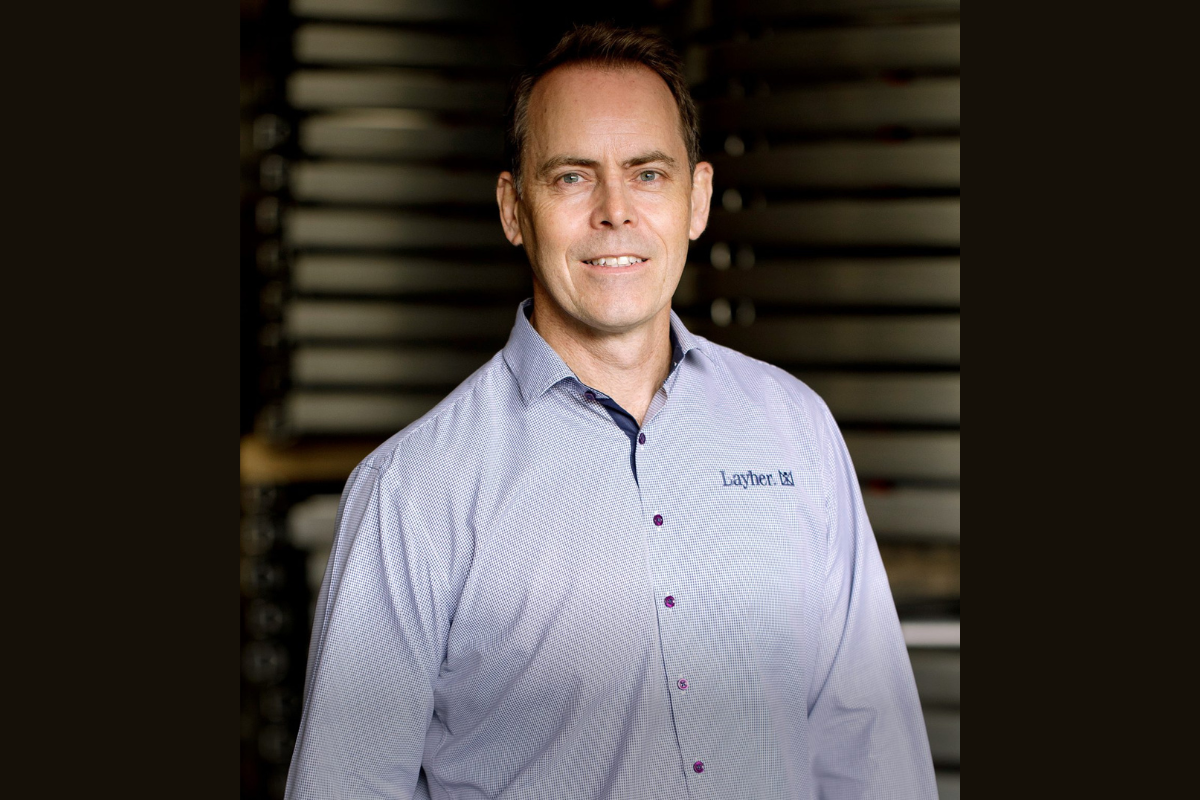
“It’s a large component of the project or it can be a very small component of the project, but it’s very much an absolute requirement for these projects,” he tells The CEO Magazine.
“Sometimes it is not a major focus for the principal contractors, but they must have it and it can have a major impact on the success of the project.”
Founded in Germany in 1945 and operating around the world, Layher may not be a household name, but its reputation for designing and manufacturing state-of-the-art scaffolding systems is peerless in the building trades. Industries requiring temporary work solutions also depend on scaffolding solutions, according to Bergstrom, including maintenance, repair and construction projects, along with events such as concerts and sporting matches requiring temporary seating.
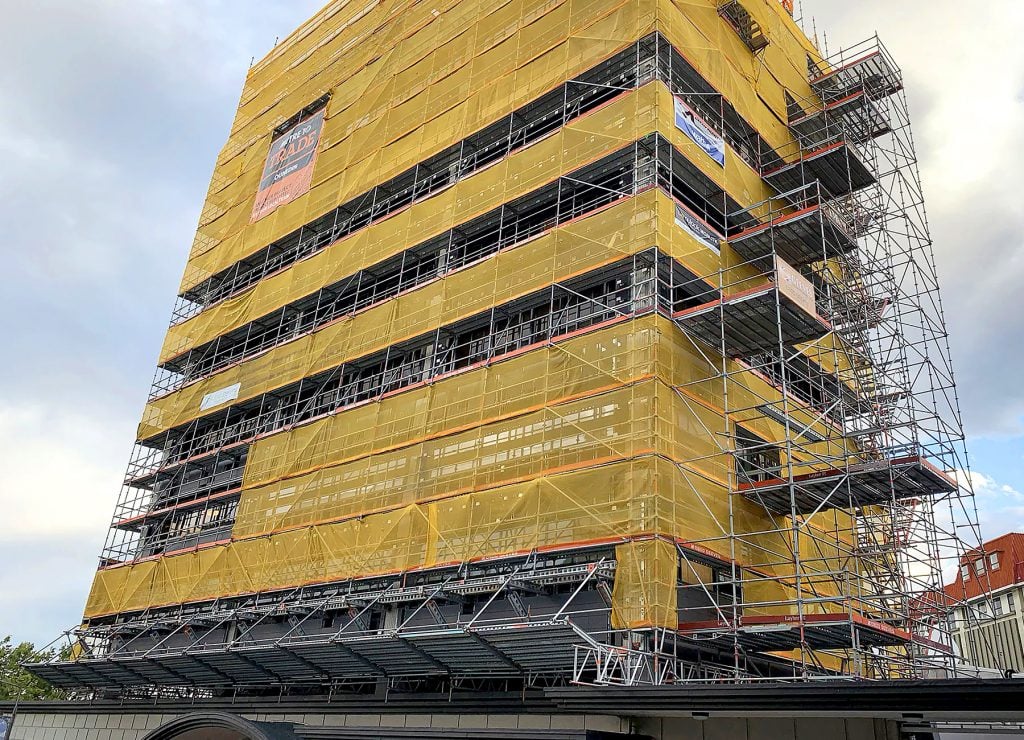
“To someone who’s not in the sector it might not sound so glamorous,” he says. “But once you get involved in it, and you realize just how far and wide temporary works solutions are required. It’s actually quite a fascinating sector because you can be involved in every area of construction and maintenance.”
Bergstrom joined Layher in 2004 as Group Accountant after working three years overseas as Group Financial Controller for a business-to-business subsidiary of Barclays Bank in London, and later with Irish firm IFG Financial Services. A graduate of Victoria University in Wellington, and a Charted Accountant by profession, he became General Manager of Layher’s Australian business in 2010 and Managing Director of Layher New Zealand in 2013.
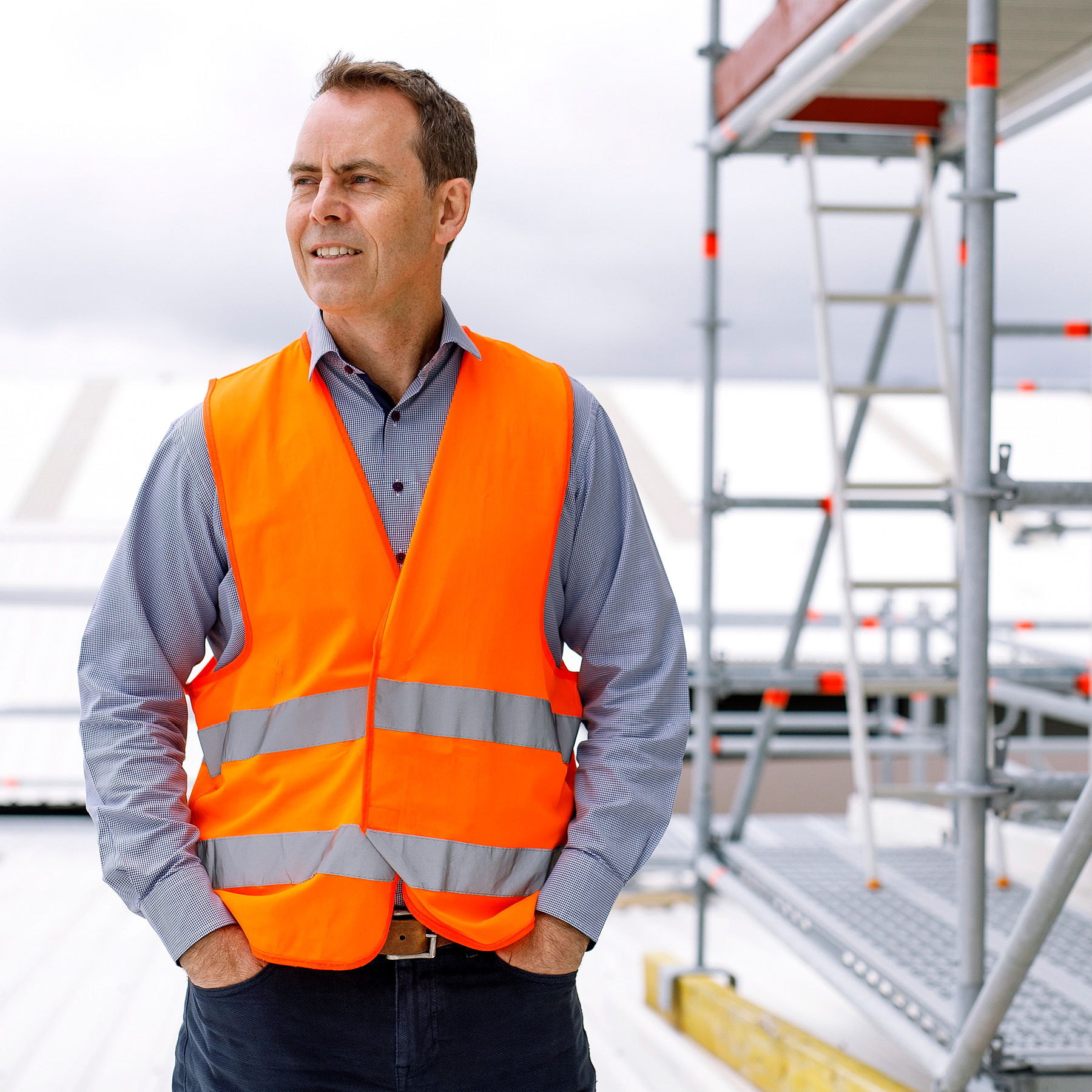
It’s actually quite a fascinating sector because you can be involved in every area of construction and maintenance.
A challenging time
Bergstrom assumed the reins at a challenging time for Layher New Zealand. The country had established WorkSafe, a new workplace health and safety regulator, and was introducing new safety regulations and oversight.
Construction in New Zealand was also starting to pick up after the global financial crisis.
“It was a combination of an evolving safety focus but also significant growth in construction and maintenance in New Zealand, which really signaled an opportunity for us to cement our position as leaders in our field,” Bergstrom says.
“When I came into the role, I never expected the business to evolve to where we are now.”
Layher New Zealand works closely with its partners in the construction and events sectors on scaffolding solutions, though it is not involved in setting up or dismantling the temporary structures.
“We are the experts in the manufacturing of the products and the design of the solutions, whereas our customers are experts in the erection and hire of the temporary works solutions,” Bergstrom says.
“We are very fortunate to be a part of a global company that is the leader in their field. Layher is the largest manufacturer of modular scaffolding in the world and highly recognized as the leader in innovation and safety in the temporary works field.”
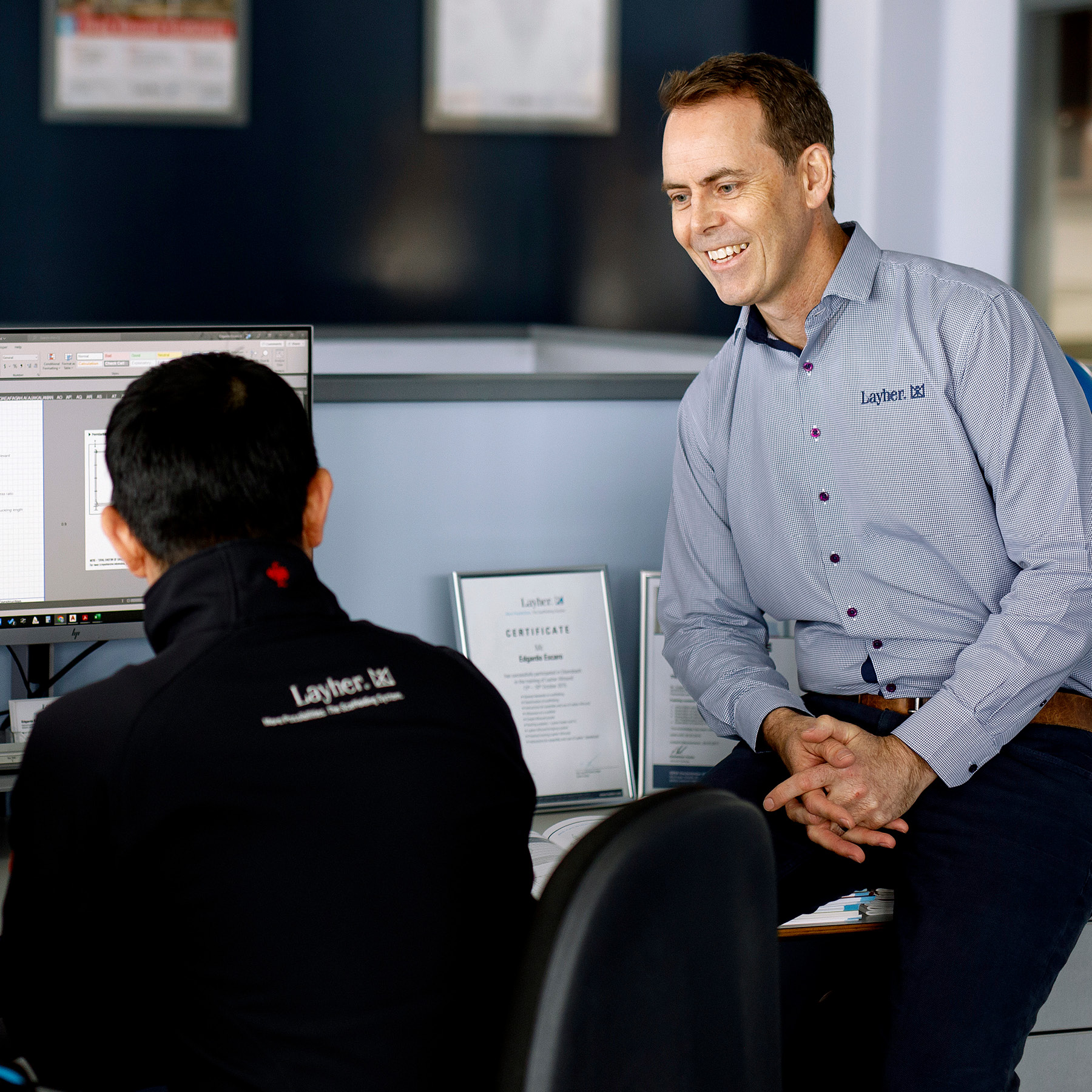
We’re not just providing something for our customers to build; we’re providing something for people to use, be more productive and, more importantly, to be safer.
Forging close partnerships with customers is key for Layher New Zealand, according to Bergstrom, who points to its importance for productivity and creating more cost effective and safe outcomes.
“We’ve seen some of our customers grow from one-crew operations to some of New Zealand’s largest scaffolding companies,” he says. “We’re not just providing something for our customers to build; we’re providing something for people to use, be more productive and, more importantly, to be safer.”
Bergstrom explains that scaffolding is a lot like LEGO. “You can build something a hundred different ways, but what’s the optimal way that uses the least amount of material, the least weight, that’s the quickest and safest to build?”
Key company values
A team of 20 employees support customers with logistics and engineering advice for their scaffolding solutions. Bergstrom is quick to credit his team for Layher’s success in New Zealand, along with supplying the best product in the industry. He also points to three key company values guiding its decisions and actions: passion, partnership and trust.
“These values certainly help with keeping our people engaged,” Bergstrom says. “But our goal is to share that passion and expertise as leaders in our scaffolding industry with our customers and our business partners. We want to deliver value in everything we do.”
Regarding partnership, he explains, “Our business partners’ interests are really important to us. Their needs and expectations are the starting point for everything that we do.”
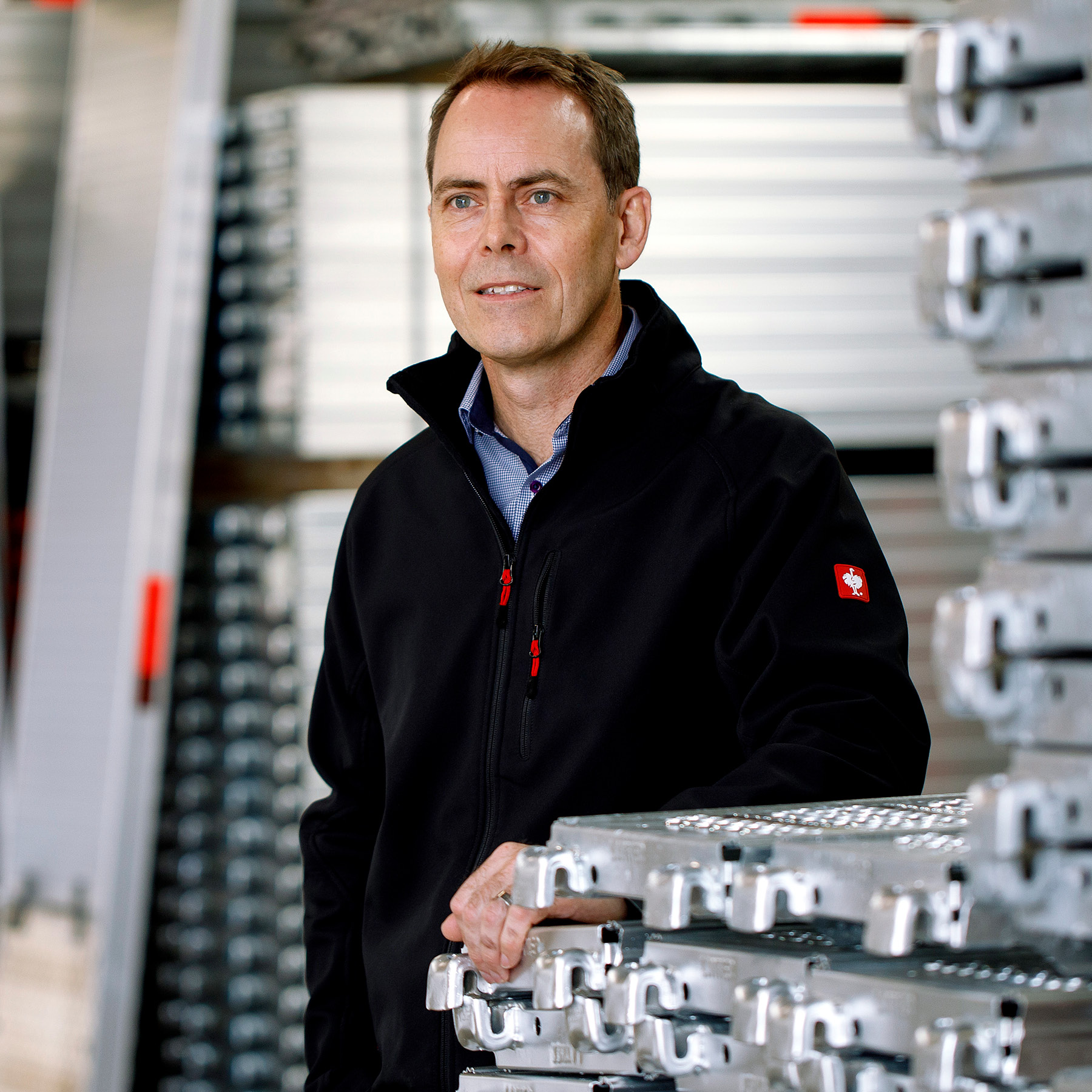
Our business partners’ interests are really important to us. Their needs and expectations are the starting point for everything that we do.
And on winning trust, he says, “In these uncertain times, trust has been a large part of ensuring our ongoing success.
“We listen and we learn from customers and key stakeholders, and always look to constantly improve in everything that we do. We don’t look too much at what our competition are doing. We have a clear vision and purpose, and we want to continue working hard to achieve that. Our clients are a major part of that.
“We’re always focused on meeting and exceeding their expectations.”



